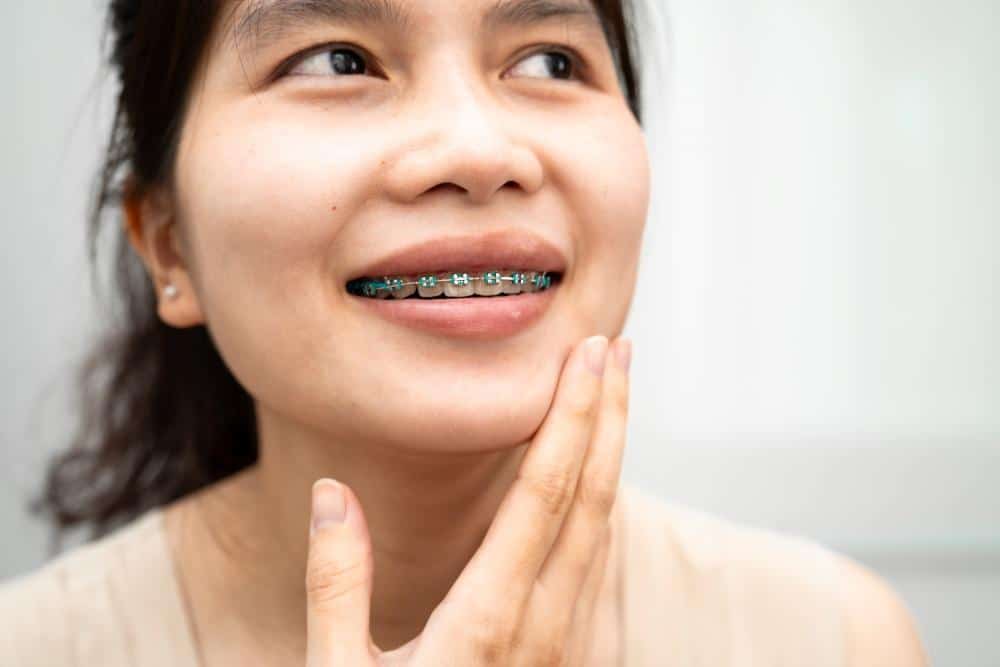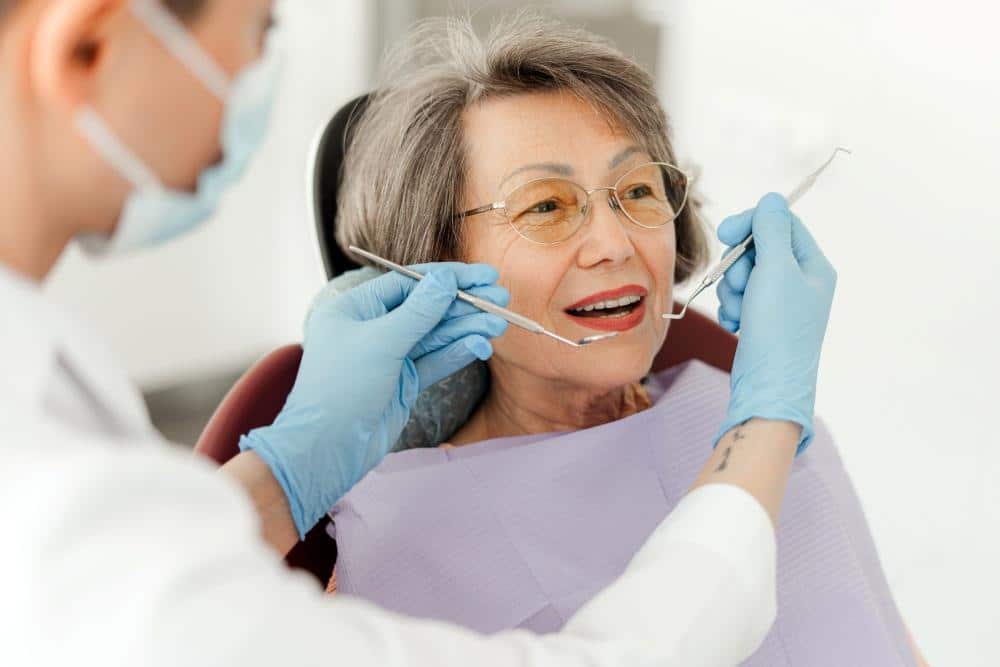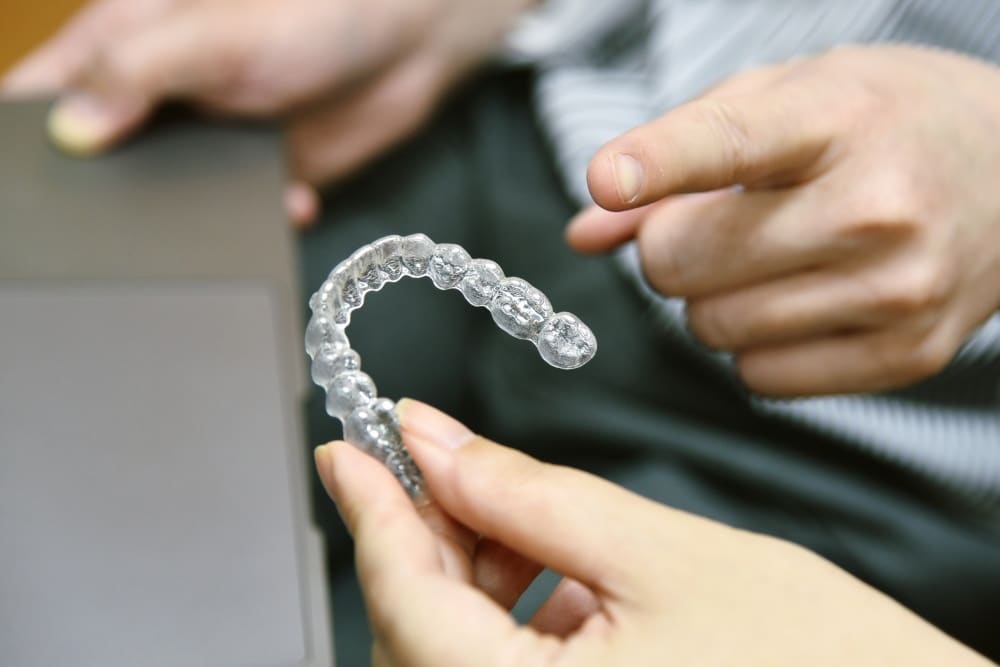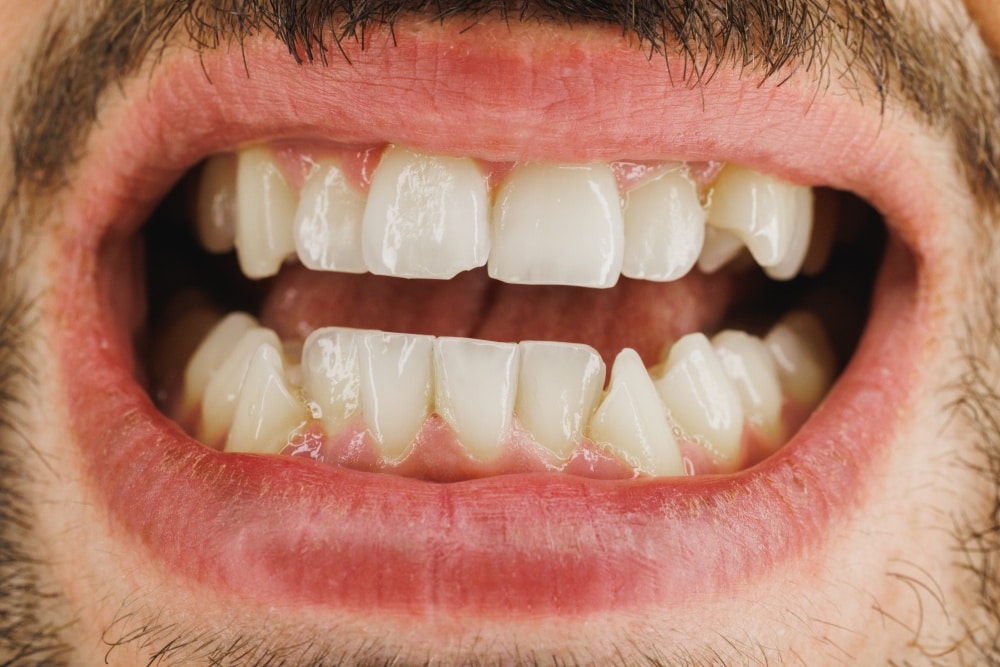
Can a Broken Tooth Be Fixed? Exploring Autotransplantation and Other Solutions
Tooth enamel may be the hardest material in the human body, but that doesn’t mean your teeth are indestructible.
Accidents, decay, or even biting down on something too hard can lead to cracks, fractures, or complete breaks. And while a chipped tooth might seem minor, a deeper break can expose the nerve inside, causing severe discomfort and increasing the risk of infection or permanent tooth loss.
The good news? Whether the damage is small or significant, there are ways to repair or replace the tooth—including options you might not have heard of, like autotransplantation.
Common Causes of Tooth Breaks
Understanding how teeth break can help you recognise risks early and take preventive steps. From minor accidents to long-term decay, the causes of tooth fractures vary widely—each requiring a different type of care depending on the severity.
1. Minor Cracks
These are tiny surface lines that affect only the enamel and don’t usually require treatment. However, your dentist might recommend smoothing sharp edges to protect your tongue or inner cheek from irritation. While not urgent, it’s still best to monitor them during routine check-ups.
2. Cracked Tooth
3. Broken Cusp
When a piece of the tooth’s surface breaks off—usually around a filling—it’s known as a broken cusp. While it doesn’t typically reach the nerve, it can weaken the tooth structure.
4. Serious Breaks
When a tooth breaks deeply enough to expose the nerve, the pain can be sharp and immediate. These kinds of fractures typically require both a root canal to treat the nerve and a crown to restore the tooth’s function and structure.
5. Split Tooth
6. Vertical Breaks or Split Root
7. Decay-Induced Break
Autotransplantation: A Unique Solution for Replacing Lost Teeth
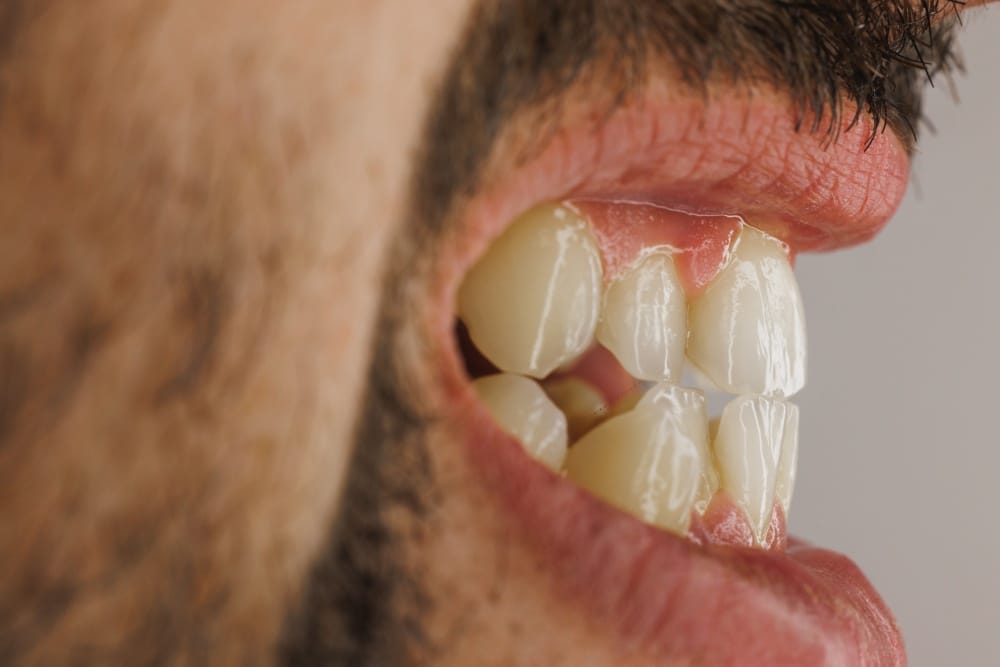
So, can a broken tooth be saved?
In some cases, yes—but when it can’t, there are still options beyond implants or dentures. One lesser-known but relatively promising method is tooth transplantation, specifically a procedure called dental autotransplantation.
This involves moving a healthy tooth—often a premolar—from one part of the mouth to another to replace a tooth that’s been lost or severely damaged. The donor tooth is carefully placed into the empty socket, and stabilised using sutures or wires to support healing. Over time, the transplanted tooth can integrate with the surrounding tissues and function like a natural tooth.
Autotransplantation is especially suited for younger patients—typically at least 21 years old—particularly those who have lost a front tooth due to trauma. It’s also considered when other teeth (like wisdom teeth) are already scheduled for removal. However, not everyone is a suitable candidate; careful assessment is needed to determine if this approach is viable.
The Dental Autotransplantation Procedure Explained
Before any transplant takes place, the process starts with detailed planning. Dentists will usually order a 3D scan to assess the shape of the jaw, the length and form of the potential donor tooth, and the condition of the site that needs replacement. This scan can help identify a matching premolar and even allow for a printed replica to test the fit before the real tooth is extracted—minimising time outside the mouth and improving the likelihood of success.
During the procedure, the selected donor tooth—typically a premolar—is gently extracted and immediately placed into the socket of the missing or damaged tooth. In some cases, the socket may have been prepared in advance to ensure proper shape and size. Wires or splints are often used to hold the transplanted tooth in place during the initial healing phase, allowing it to stabilise as the surrounding tissues begin to integrate.
The key to success lies in preserving the living tissues around the root of the donor tooth and ensuring it is handled delicately to support proper reintegration and long-term function.
Advantages of Dental Autotransplantation
One of the biggest advantages of autotransplantation is that it uses the patient’s own tooth, which can improve the chances of long-term success. Since there’s no foreign material involved, the risk of rejection is minimal, and biological compatibility is inherently assured.
Plus, a transplanted tooth maintains the natural connection to the bone, helping to preserve bone density and gum health. The result is often natural-looking, especially in visible areas like the front teeth. For younger patients who aren’t suitable candidates for implants yet, this technique also offers a functional and aesthetic solution that can last for many years—without the need for artificial replacements in the immediate future.
Timing Considerations for Autotransplantation
The success of dental autotransplantation is closely tied to timing—especially when the patient is younger. Children and adolescents, whose jaws are still developing, tend to have higher success rates due to better healing capacity and active bone growth. Since dental implants are typically reserved for those whose skeletal structure has matured (usually around age 21), autotransplantation presents a unique opportunity for younger patients who are not yet suitable candidates for implants.
Acting early also helps preserve natural bone architecture and may reduce the need for more complex procedures later on. That’s why early evaluation is key—particularly in cases of injury where timely intervention can make a difference.
Temporary Alternatives: The Role of Dentures
When autotransplantation isn’t possible immediately—or while waiting for the transplanted tooth to fully stabilise—temporary tooth replacement is still important for function and aesthetics. In growing children or teens, fixed bridges are usually not recommended, as the jaw and adjacent teeth are still shifting. Using fixed solutions prematurely can require constant adjustments or replacements. Instead, removable dentures, such as Maryland dentures, offer a temporary and flexible alternative that accommodates jaw development without interfering with future options like a dental implant and crown.
For families exploring these solutions, working with an affordable dental clinic in Singapore can ensure both effective and budget-conscious care during this transitional period.

